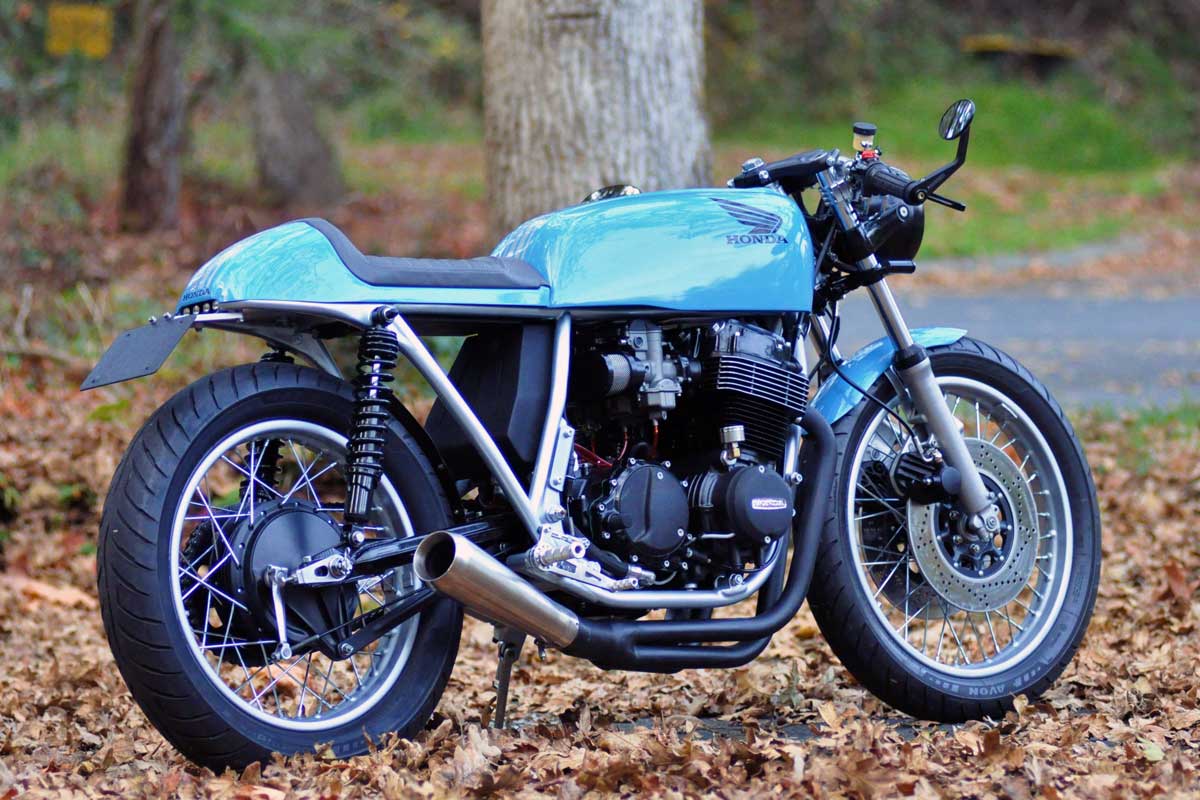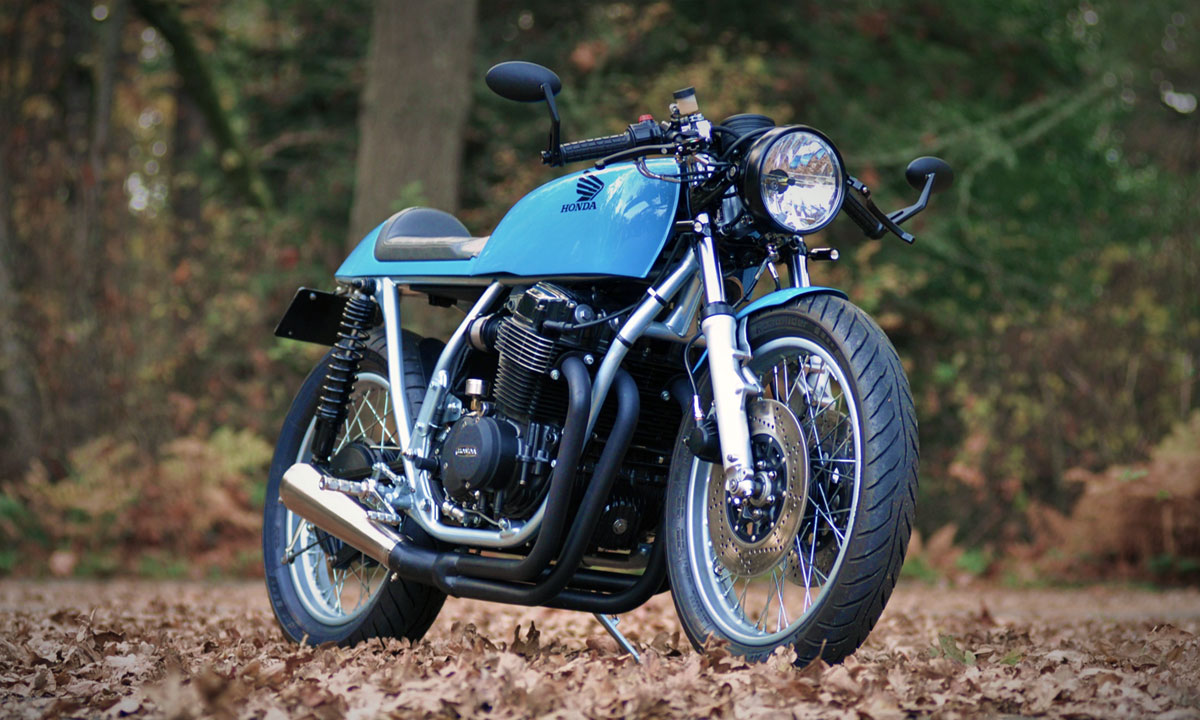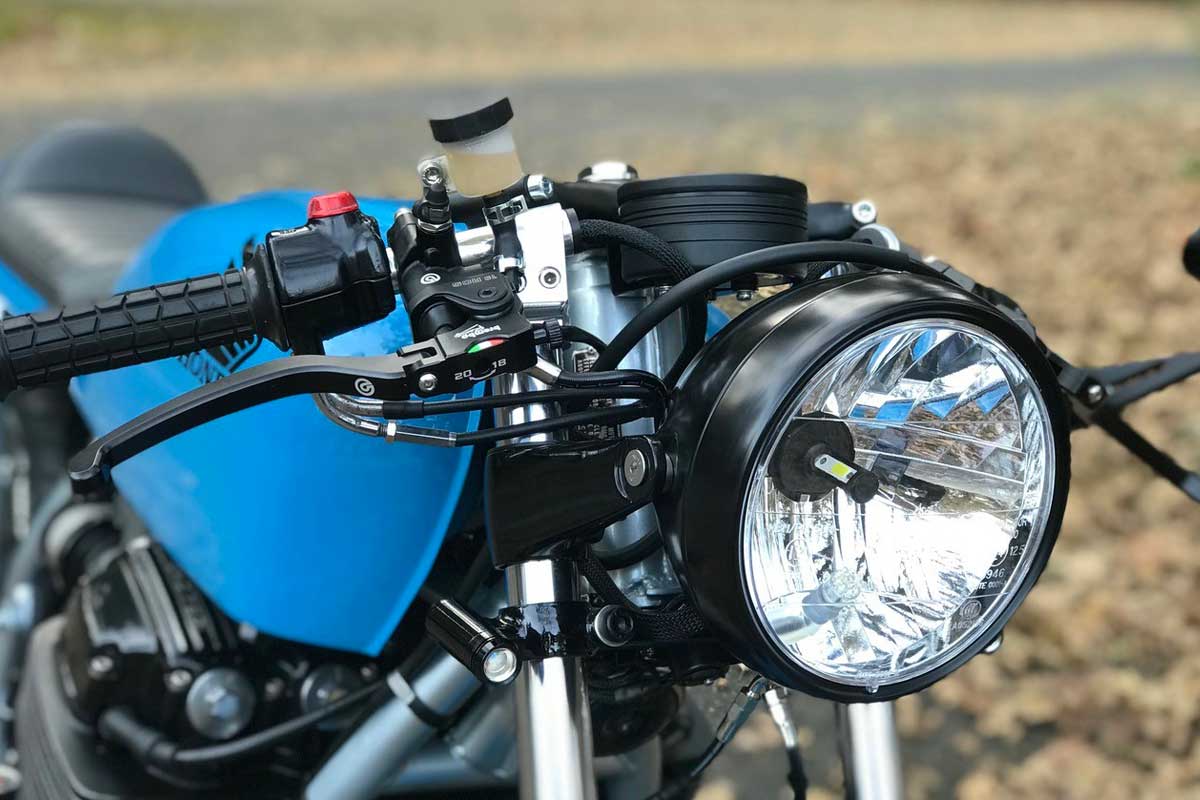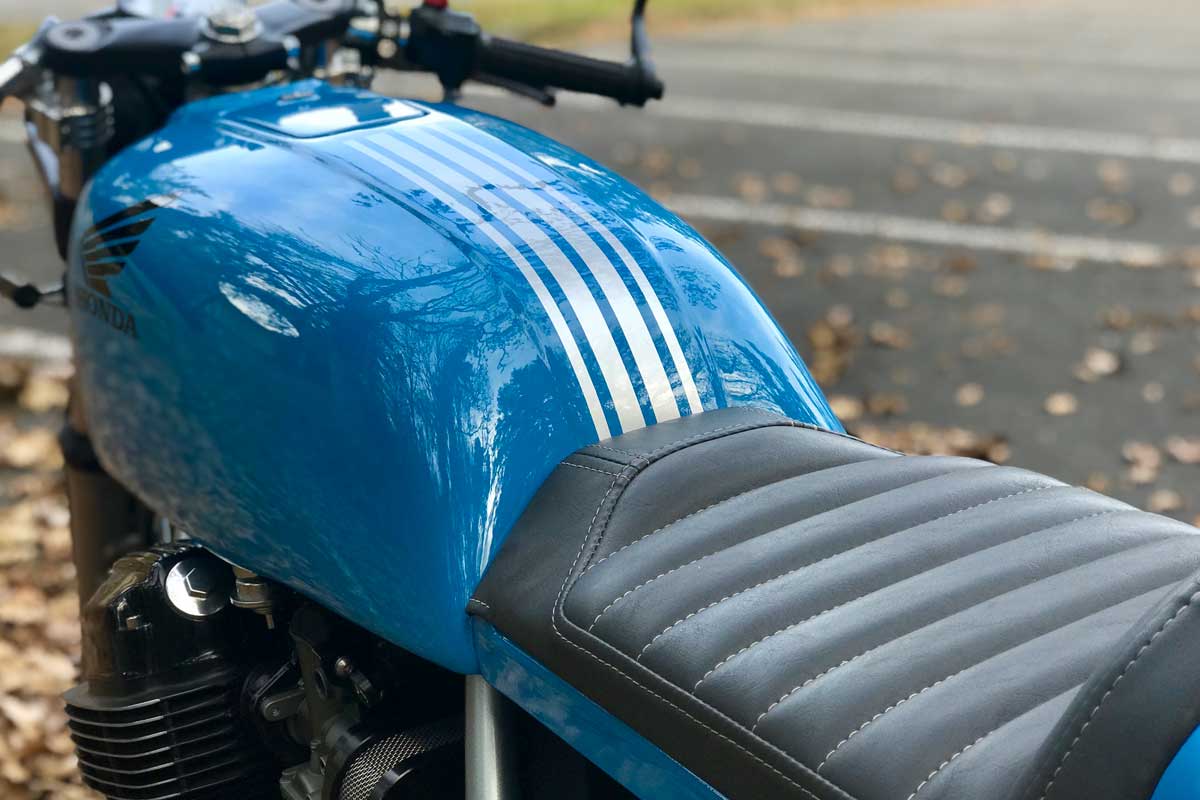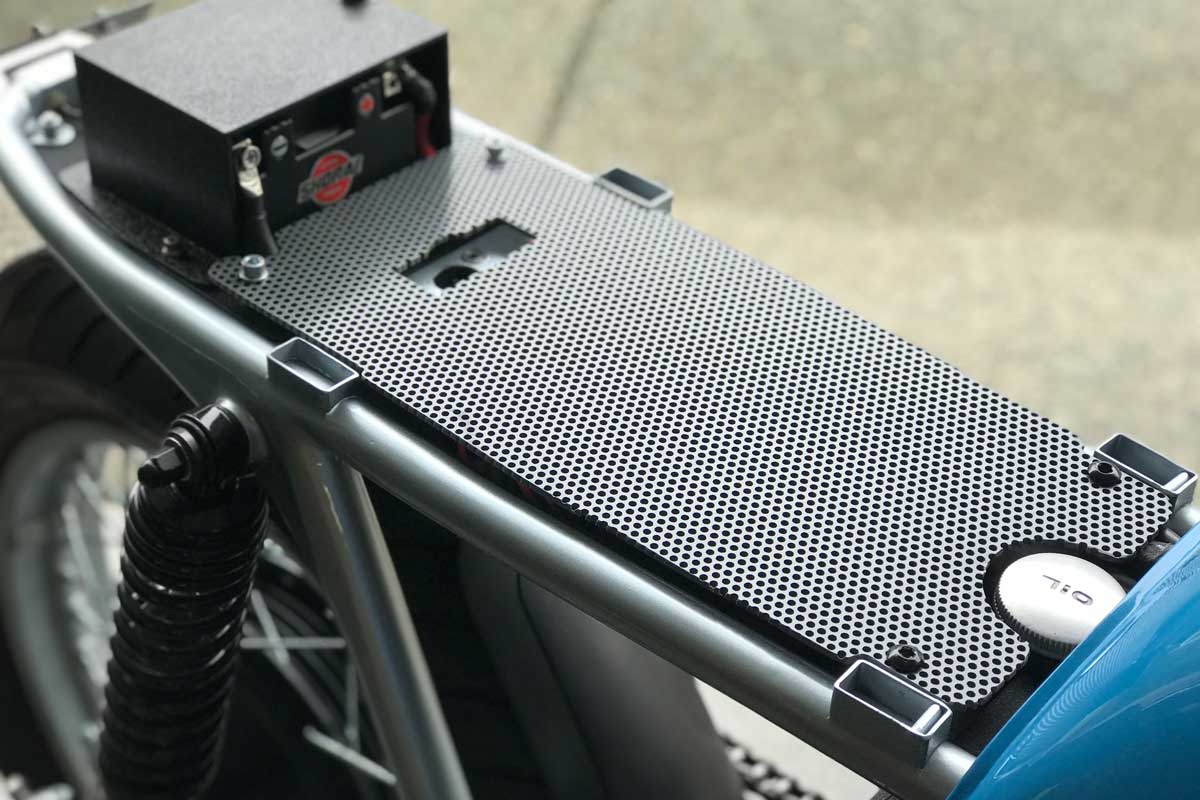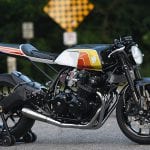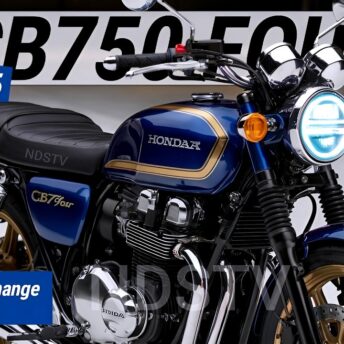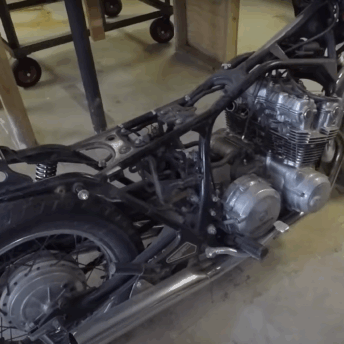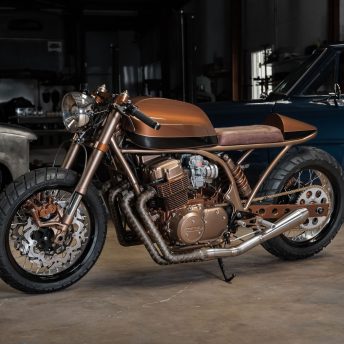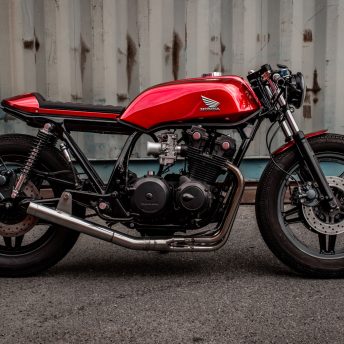Three years ago I featured a very special build built by Steven Wilson of BC, Canada. The bike, a CB750 cafe racer named Pedro, was built in honor of a lost friend and fellow motorcyclist. Today Steven is back with another impeccable cafe racer. For this project, he’s returned to the Honda inline-four platform this time choosing a ’71 Honda CB750 as the donor. His goal was to create something new that would force him to learn some new skills and the results speak for themselves. Here’s Steven’s story of how his latest CB750 came to be.
“For my second build, I wanted to challenge myself a lot more and improve my skills.” says Steven. “I aimed to do things differently instead of just creating a variation of the first. Truth be told, I also wanted to see if I really did have a knack for this or if it was just a fluke.
This time I tried to declutter the bike by taking away some of the bulk. I wanted it to be more aggressive-looking while still keeping it refined. For this project, there were 3 things I wanted to tackle that would advance my skills. 1) build my own seat pan, 2) build my own oil tank and 3) do all my own painting.”
“Building my own seat pan was going to be a challenge from the get-go. I don’t have an English wheel or any specialist metal shaping tools so I had to think outside of the box. I had an old rotten CB750 tank and liked the shape of t at the back. So I ended up cutting out portions of the tank and welding them together. This allowed me to get the right shape for the cowl at the back of the seat pan. The rest of it I was able to bend and weld together to form what you see on the bike. I also managed to incorporate the same raised section down the middle of the tail to match it to the Supersport tank.
I particularly enjoyed building the oil tank for my Honda CB750. The shape was designed to follow the lines of the frame. It sports a sleeker look yet still matches the capacity of Honda’s original oil tank. All the fittings were cut out of the original unit and welded into the new tank. The biggest challenge here was welding the tank together so that it didn’t leak while still managing to create seamless edges. The oil tank’s filler cap is hidden under the seat pan.”
“The entire bike has been rewired from scratch. Every light on the Honda now uses LED items from Revival Cycles which has significantly reduced the load on the stock charging system. I’ve also relocated the starter button into the steering stem nut. The old start switch position is now used to toggle through different displays on my Acewell gauge. A hidden kill switch allows you to turn the bike on and off and there’s a second main switch locked away under the seat that kills the power to the entire bike. This lets me walk away from it without worrying about someone being able to start it. To keep things tidy at the rear I added an integrated brake light and turn signal unit.
When putting all the wiring together I built my own circuit board to handle the integrated running light/brake light/turn signals. To shed a few pounds I fit a lightweight Shorai anti-gravity battery under the seat cowl. There’s also a float switch incorporated into the fuel tank to activate the low fuel light on the new gauge and an oil temperature sensor mounted in my oil tank.”
“I put a fair amount of work into the frame because the original factory welds were horrific. I can only assume this particular CB750 was put together on a Friday afternoon just before the end of the shift! I ground, re-welded and ground again to smooth out and blend in all of the welded connections in the frame. Although subtle, I hope it doesn’t go unnoticed.
This CB also wears aftermarket rearsets from Dime City Cycles that use custom made rear brake and shifter linkages. I upgraded the suspension using Progressive 14” rear shocks and Progressive fork springs. The new front fork stanchions, which are 2 inches shorter than stock, are from Cycle X. The tires are Avon Road Runners.
My rebuilt engine has been bored out to 810cc’s and fuel delivery updated to 1978 CB750 carbs. Tuning them was easy compared to the stock carbs and only involved raising the main needle and increasing the size of the main jet by one. This was surprising considering the aftermarket Cognito Moto Airbox (the best-looking aftermarket airbox out there!) and 4-into-1 exhaust I fitted to the bike. The engine pulls really well and quickly reaches redline which often takes me by surprise.”
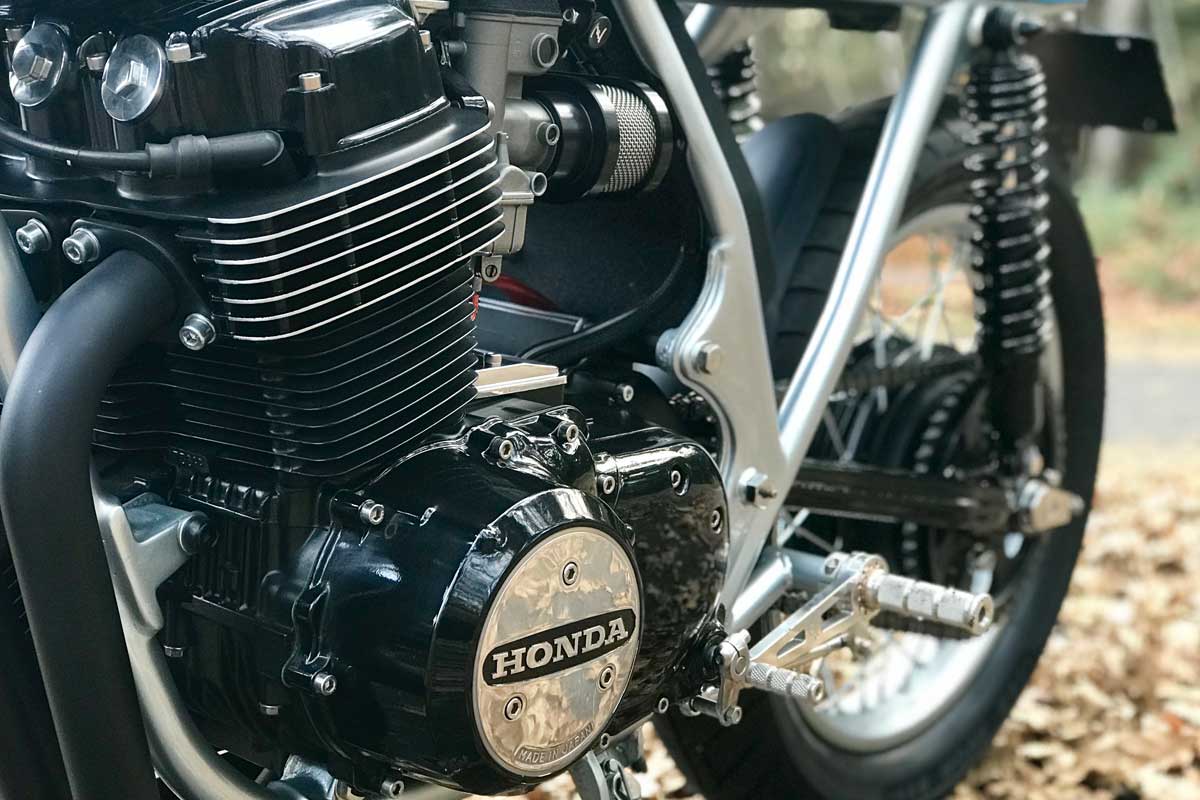

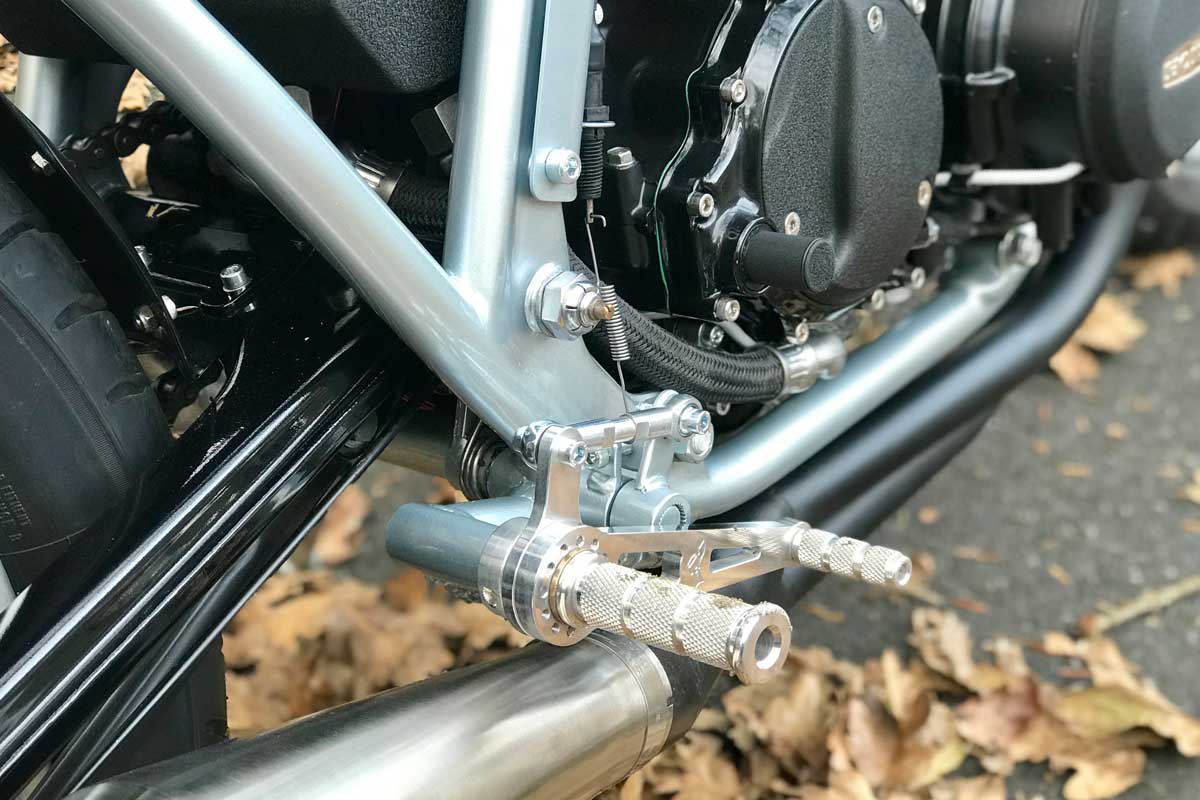

“The front brakes on these SOHC Honda CB750s has never been great. This left you relying on the rear for most of the stopping power. Going to a dual rotor setup has made all the difference. The master cylinder diameter has been increased to 19mm to compensate for the additional caliper and now the front brake inspires confidence. The dry weight of my CB750 cafe racer is 422Ibs which is more than 50Ibs lighter than the stock bike.
Finally, the color I used on the Honda is Cyan Racing Blue. I tried to use a color scheme that was simple but would pop at the same time. I really enjoy the way the Ice Silver Metallic stripes and frame contrasts with the solid blue.”
Special thanks to Steven Wilson
